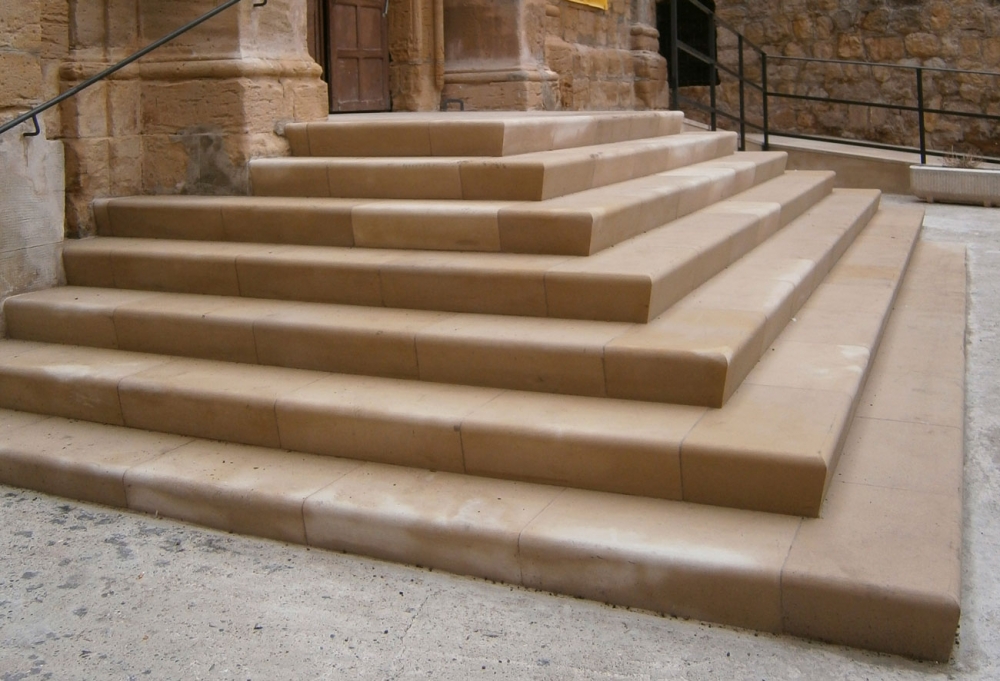Marble surfaces, along with other organic stones, can take elegance and attractiveness to the home. On the other hand, time and daily use usually takes a toll on these exquisite materials, leaving all of them dull, scratched, or stained. Understanding the process of rock restoration is essential for homeowners who want to protect their investment and maintain the charm with their living spaces. In this particular guide, we may explore the basics of stone repair, shedding light about what it includes and why it is crucial for the durability of your marble and even other stone floors.
Regardless of whether you are working with a cherished marble countertop, a classic granite floor, or even a rustic limestone patio, the techniques plus tips covered with this guide will empower you to tackle various issues. Through removing stubborn discolorations and polishing boring surfaces to knowing the importance of expert restoration, you will offer you with the particular knowledge necessary to recover and maintain your natural stone surfaces effectively. Join us even as we dive into the world of natural stone restoration , assisting you hold your home searching beautiful for many years ahead.
Understanding Stone Restoration
Natural stone restoration is a new comprehensive process of which aims to repair, clean, and keep the natural splendor of stone surface types. Over time, different factors such while the number of visits, environmental situations, and improper preservation can lead to damage plus a dull look. Restoration can involve several techniques, which includes cleaning, polishing, wrapping up, and repairing potato chips or scratches. By addressing these issues, homeowners can rejuvenate their particular stone surfaces, improving the overall makeup of their residing spaces.
The benefits of restoring stone surfaces are numerous. A well-executed restoration not only increases the appearance associated with the stone yet also extends its lifespan. This can easily lead to significant cost savings over time, as homeowners slow up the will need for expensive replacements or renovations. Furthermore, restored stone can also add value to a property, making that more appealing to be able to potential buyers. Regular maintenance and recovery practices ensure of which stone surfaces continue to be in optimal problem, highlighting their organic beauty.
Understanding the differences between a number of00 stones is essential in the restoration procedure. Each kind of stone, for instance marble, granite, limestone, and travertine, has its distinctive characteristics and recovery needs. For instance, marble may require specialized polishing techniques to be able to restore its shine, while granite restoration often focuses about repairing chips and scratches. By realizing the specific specifications of each rock type, homeowners could make informed selections about their refurbishment approach, whether opting for DIY methods or even hiring professional services.
DO IT YOURSELF vs. Professional Repair
With regards to restoring marble and other natural stone floors, homeowners often deal with the decision associated with whether to adopt a new DIY approach or even hire professionals. DO-IT-YOURSELF restoration could be luring due to possible cost savings and even the satisfaction associated with completing task management your self. There are numerous online learning resources and goods available that guidebook individuals through typically the restoration process, allowing them to deal with minor stains, chafes, and dullness on their marble surfaces. Even so, while it might be feasible for little touch-ups, DIY strategies can sometimes cause further damage in the event the wrong techniques or products are applied.
On the other hand, professional stone refurbishment offers numerous positive aspects that can outweigh the initial costs. Competence in identifying the particular specific types associated with stone and knowing the best recovery techniques makes certain that typically the work is completed correctly and efficiently. Professionals have access to specialized tools and high-quality products that may certainly not be offered to typically the average homeowner. Their experience also allows them to perfect complex issues, this kind of as deep decoration or severe yellowing, which may end up being beyond the capability of most DO-IT-YOURSELF attempts.
Ultimately, the choice between DIY in addition to professional restoration will depend on a number of factors, including the condition of the stone surfaces, the preferred outcome, and the homeowner's comfort level together with undertaking such projects. For those who else value quality in addition to lasting results, committing in professional recovery might be typically the best option, although some might prefer the particular hands-on experience involving trying to regain their stone by themselves.

Keeping Different Stone Types
Different types of natural rock has unique features and requirements intended for maintenance. Marble, such as, is elegant but sensitive to acid substances. Regularly cleaning marble surfaces having a pH-balanced cleaner is essential to prevent etching. Additionally, applying the suitable sealant may help protect marble from stains plus scratches, making upkeep significantly easier. Perfecting marble periodically can restore its as well as enhance its overall look.
Marble, known for it is durability, requires a new different approach. Despite the fact that it is a lot more resists scratches plus stains, it can certainly still dull more than time. Regular cleaning with gentle cleansing agents will help preserve its luster. Wrapping up granite annually is advised to prevent dampness and stains through penetrating the surface area, thus prolonging the lifespan. If french fries or scratches arise, professional restoration strategies can restore their original look.
Limestone plus travertine, while lovely, require ongoing interest to avoid harm. These stones are really softer and more porous, making them vunerable to scratches and yellowing. Using specially formulated cleaners for limestone and travertine is usually advisable to stay away from chemicals that could cause damage. Typical sealing is important to be able to protect these stones from moisture and dirt, while also dealing with any hard normal water stains that may well develop over period. Maintaining these gems not only preserves their aesthetic attractiveness but also enhances their durability.
